The number and importance of constraints are indicative of the value of the environment to be protected. It is a Site of Community Interest, a Special Protection Area, a wetland of international interest according to the Ramsar Convention and is part of the largest natural reserve at the mouth of the Sele-Tanagro.
In the high Sele plain, near the military estate which was once a Bourbon residence, the Persano oasis is one of the reference wetlands for avifauna along the main seasonal migration routes between Europe and Africa. Reason why it is included in the Natura 2000 network. But what makes it even more precious, from a naturalistic point of view, is the colony of otters, a species declared at risk in 1977, now very rare, but still present in Campania in the oasis of Bussento, in Lake Conza and above all in Persano, which is its most representative station.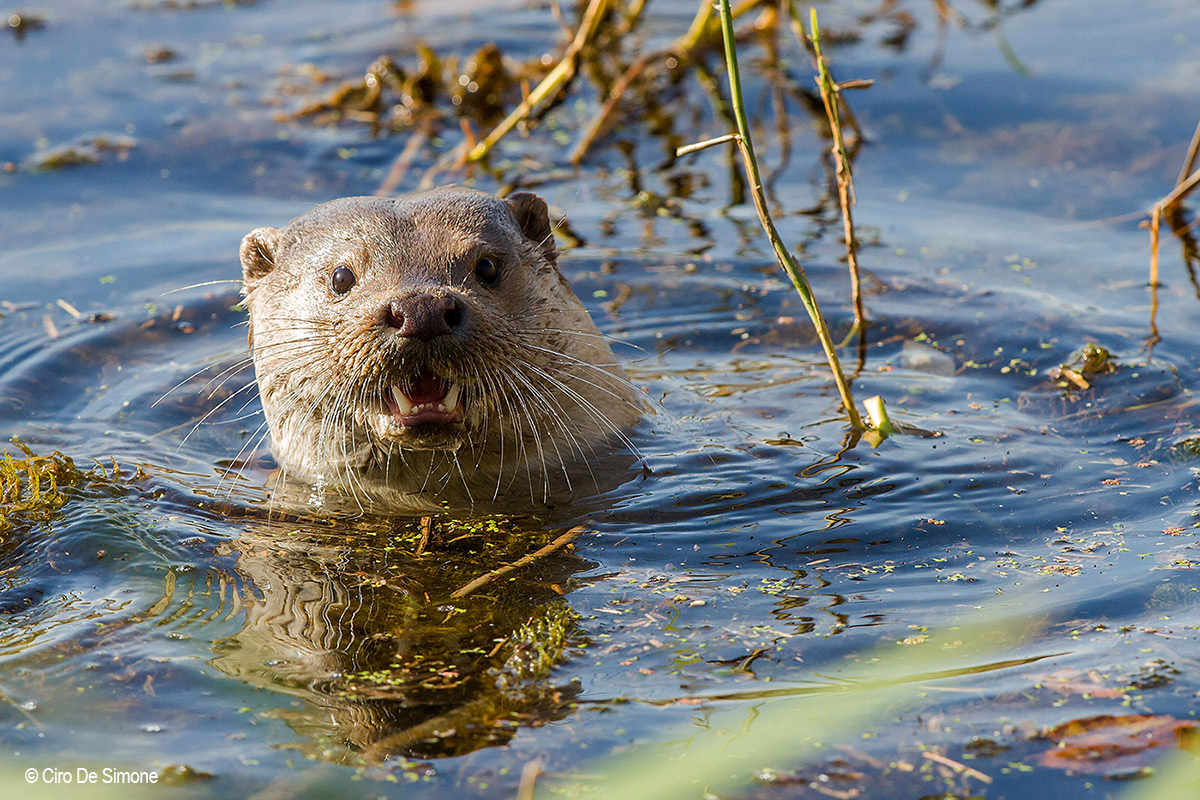
One hundred and ten hectares of entirely protected nature, seventy of which are covered with water. The Persano oasis, between the territories of the Municipalities of Serre and Campagna, had its origins in the 1930s, when a dam was built which blocked the flow of the Sele river, forming an artificial lake. It took fifty years, however, to create the oasis in 1980 to protect the lake and the surrounding area, which is characterized by great biological diversity in both fauna and flora.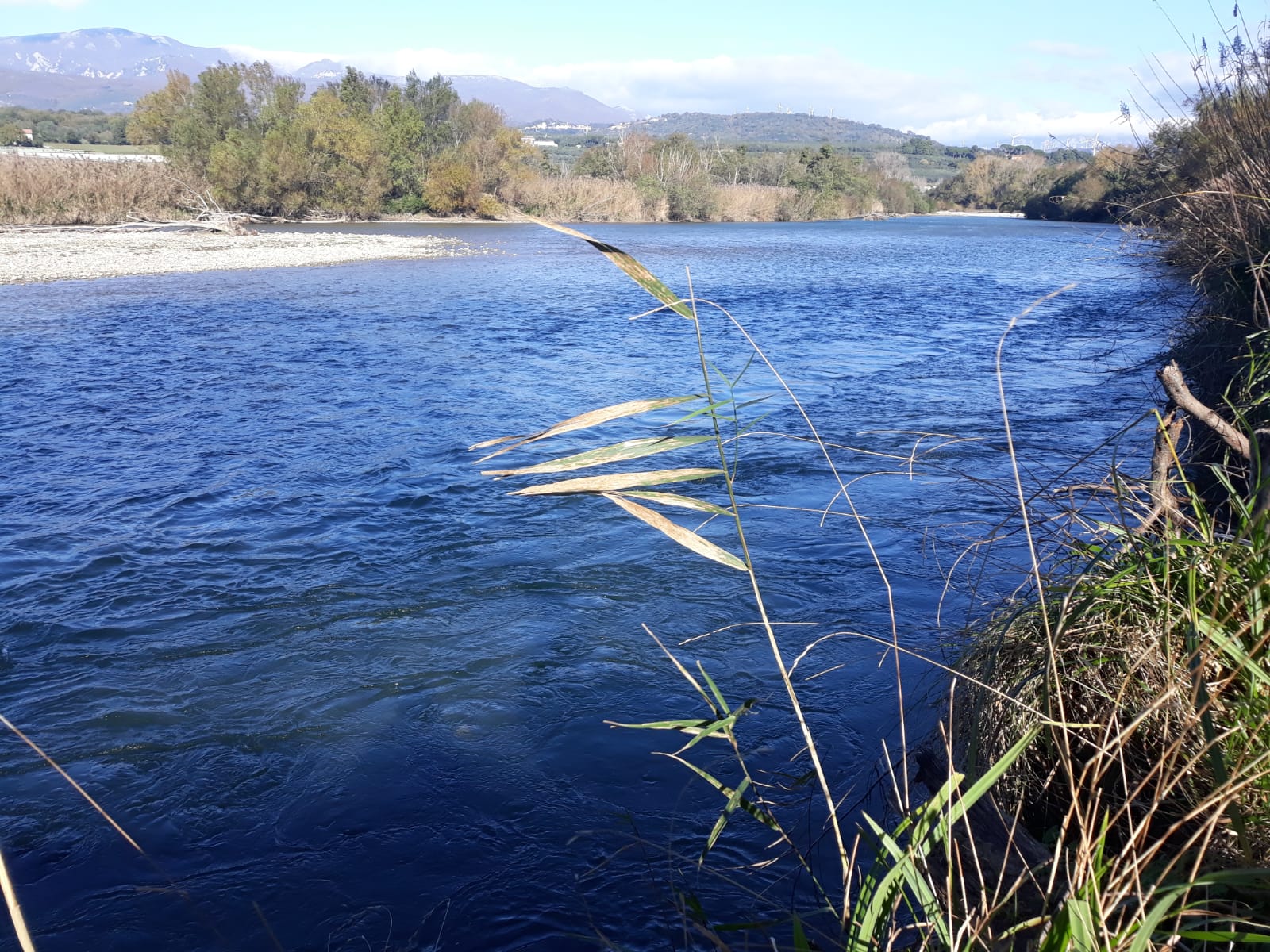
The European otter is considered an "umbrella species", i.e. whose presence favors that of other animals. And the number of species reported within the oasis is decidedly significant. Among the mammals, in addition to otters, which are the symbol of the park, there are foxes, weasels, badgers, skunks and wild boars. There are hundreds of species of birds that take advantage of the wetland during migrations or that nest there permanently: egrets, red herons and gray herons, moorhens, coots, water rails, herons, tussocks, kestrels, sparrowhawks, black kites, buzzards and peregrine falcons, night herons, diving ducks, cormorants and it is a breeding area for the great crested grebe. What also attracts them is the availability of food, due to the presence of insects, amphibians and reptiles and various species of fish in the lake: eels, tench, carp, barbel, walleye, chub and lamprey.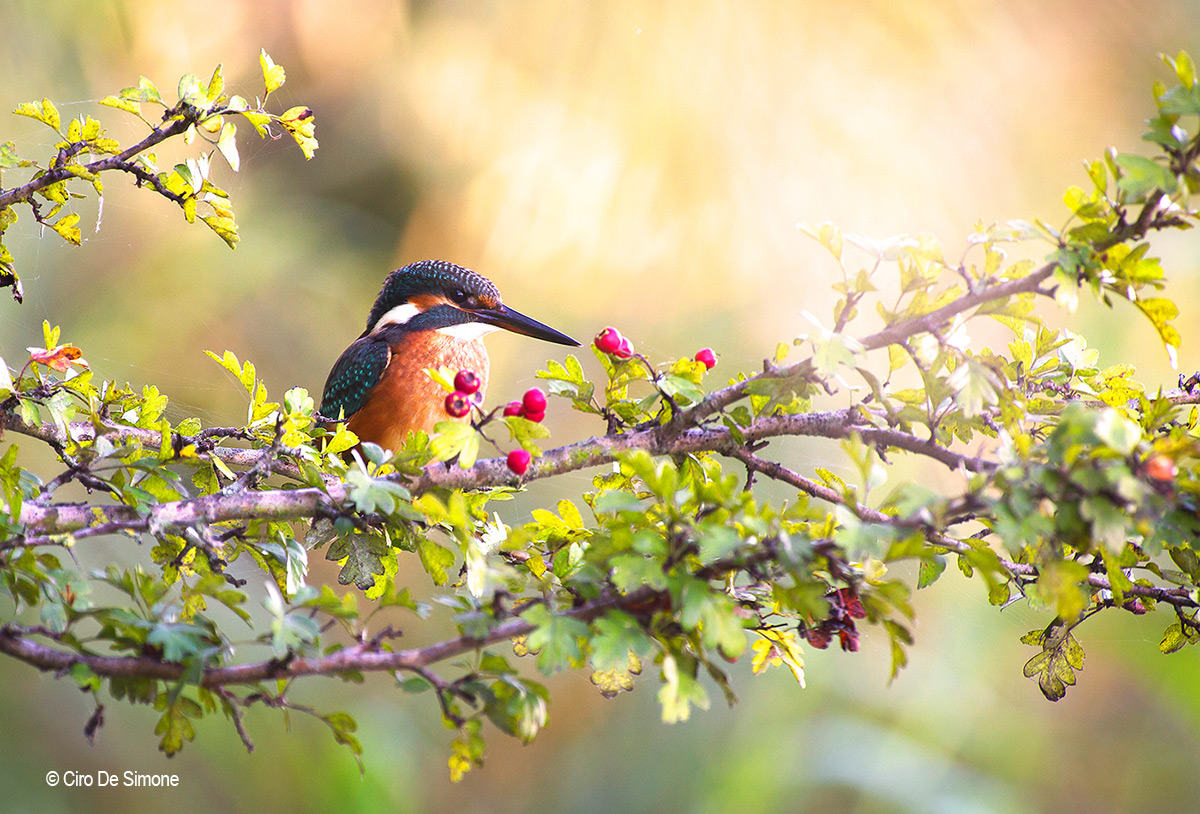
The flora is represented by reeds and rushes, cattails and reeds near the river and the lake; from the hygrophilous forest with willows, white and black poplars on which cormorants nest and black alders; from the riparian forest with ferns, horsetails and water lilies. The meadows are covered in daffodils, daisies, wild gladioli, buttercups and wild orchids. On the low hills, depending on the height, you can find coppice forest and Mediterranean scrub.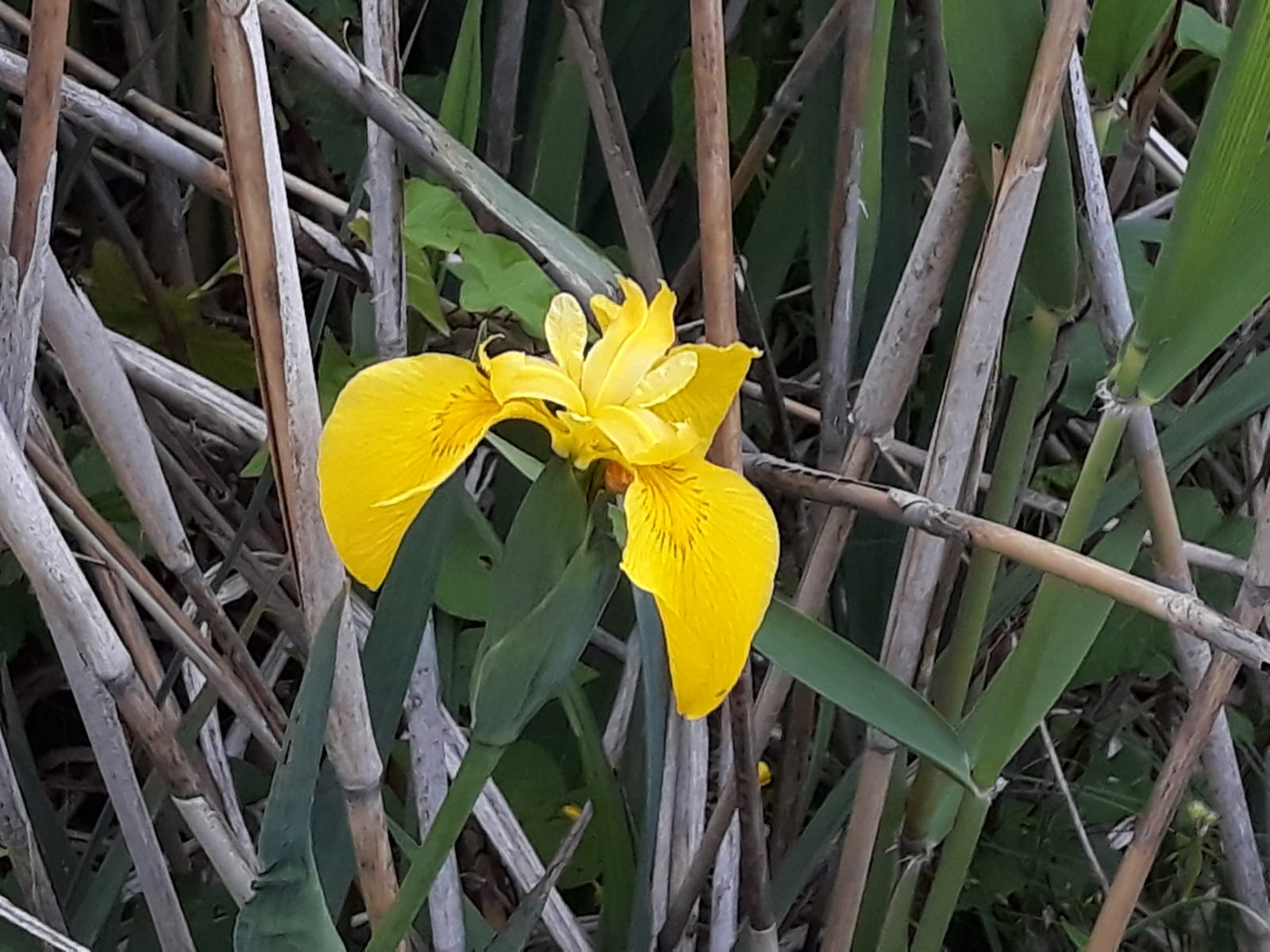
The oasis is organized for birdwatching with observation huts located along the path that winds along the left bank of the Sele and along the path on the right bank. A Paleolithic village was reconstructed for educational purposes. The Persano oasis is managed by the WWF.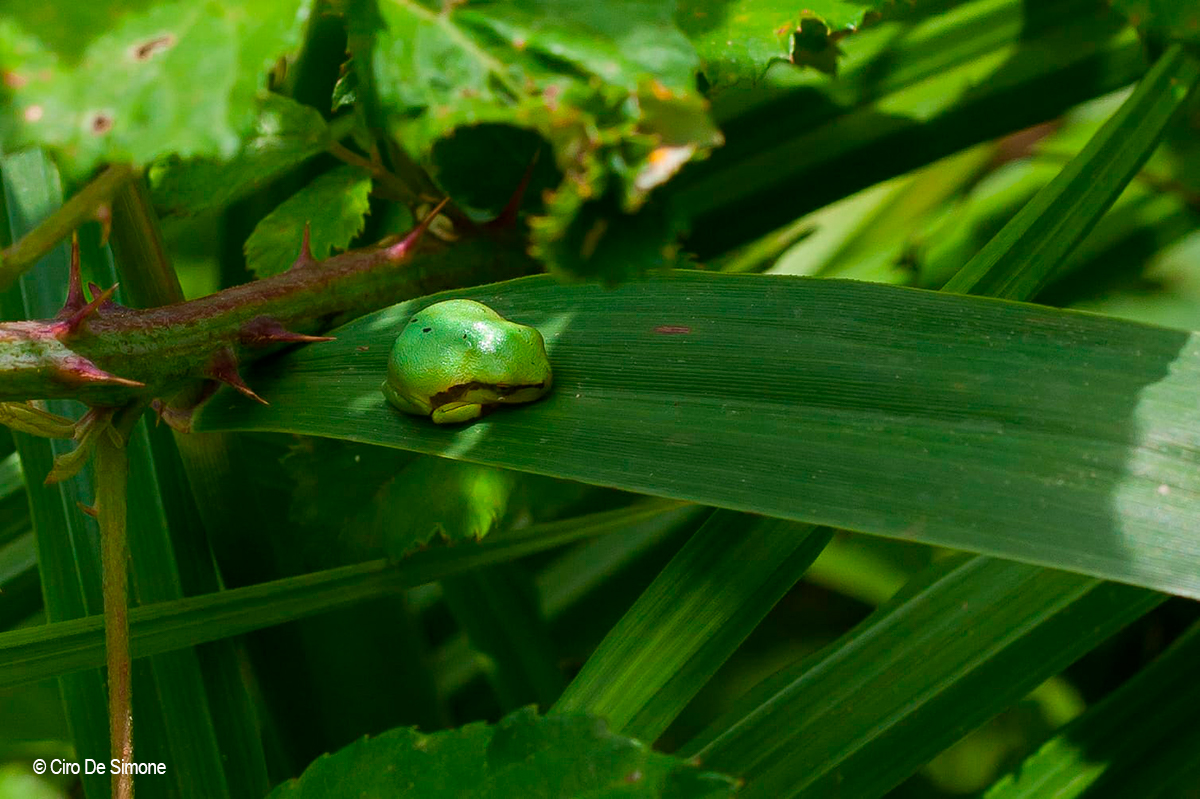
foto © Ciro De Simone
Copyright video, foto e testi © 2020

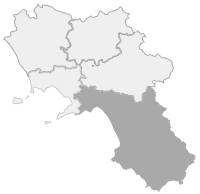


Comments powered by CComment